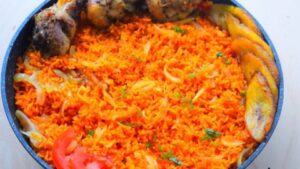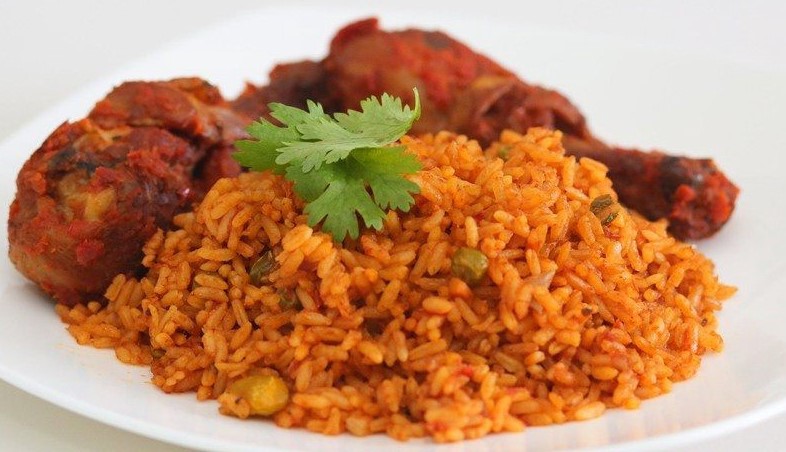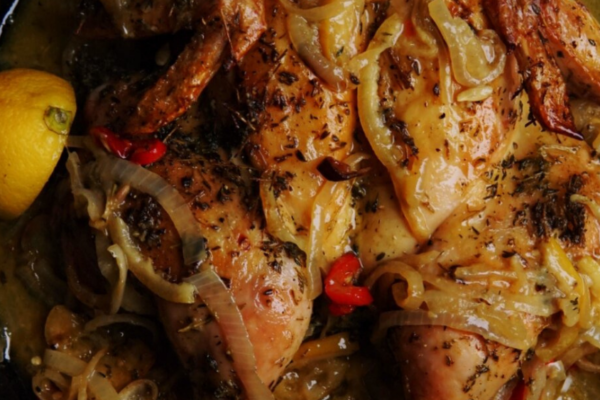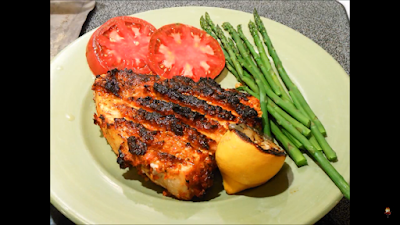Have you eve wondered where Jollof originates from, who made Jollof first? Who won the jollof wars? Grab a seat, get the full dossier of the meal that goes back over 400 years!
It is said that Jollof rice is to West Africa what paella is to Spain, risotto to Italy, biriyani to India and fried rice to China; without a doubt, the meal has become a West African sweetheart. Although the history of this stewed rice delicacy can be traced to Senegal and Gambia, and all West African countries have their own variation of the dish, the battle for jollof royalty is mostly between Nigeria and Ghana. Nigerian food writer Jiji Majiri Ugboma writes that “the Jollof feud between Ghana and Nigeria is arguably the most heated food debate amongst any diaspora” and anyone familiar with the feud would agree.
The west african countries go head-to-head against each other for the recognition of having the best jollof rice on the whole continent. This fierce (but mostly lighthearted) rivalry takes centre stage on the internet with wave after wave of memes depicting two side by side images of jollof rice; one looking significantly better than the other and then depending on which side of this feud posts the meme, the caption usually reads something like “Nigerian jollof vs Ghanian jollof”. From a war of memes, it quickly escalated to Twitter with the hashtag #jollofwars, where both countries further attempted to take on each other for the title of Jollof Champion. In 2016, popular Ghanaian songstress Sister Deborah, released a song titled “Ghana Jollof ” which includes lyrics like “Ghana Jollof, yummy; Nigerian Jollof, it is funny”.
Let us take the spotlight off the rivalry for a bit to focus on the delicacy itself; what exactly is jollof rice and what makes it so special that countries would declare war over it?
As the name implies, jollof rice is basically a rice dish. With its alluring aroma and rich colour, It is cooked with rice that is stewed in a blended mix of tomatoes and different peppers, it is then garnished with various spices and vegetables. The combination of spices and herbs add a generous amount of flavour to the meal and the peppers leave a spicy sensation on the tongue that lingers long enough for you to crave another serving. Indeed, each mouthful is a flavourful burst of savoury goodness and sometimes, you can even taste a hint of sweetness. If you feel like being extra, you can add a side serving of fried plantains, coleslaw or any other vegetable of your choice. In addition to its mouthwatering taste, jollof rice is also popular for its versatility as it is a delight at dinner tables as well as party buffets. Jollof rice served at parties which has been dubbed “Party Jollof”, is a staple at most West African parties and often, guests go out of their way to secure their own serving of the dish because it is usually one of the first meals to run out.
Now that you know what jollof rice is, I’m sure you are begging to know what makes Ghanian jollof different from Nigerian jollof and of course, if there is any proof that one is better than the other.
Although there are no radical departures from the common method of cooking jollof rice in both countries, which involves cooking the rice in pureed tomatoes and peppers and then layering with other ingredients, the major variations come from differences in the kind of rice used to cook the meal, added ingredients or the steps of preparation.
 |
| Nigerian Jollof |
According to Ozoz Sokoh, a Nigerian food explorer, the most significant differences between both types of jollof are in the “rice and in the seasoning, which ultimately define the flavours”. The Ghanaians typically use the basmati rice as opposed to the long grain rice Nigerians use to cook their jollof. The difference between both types of rice is that while basmati rice is perfumed and starchier, the sturdier long grain rice is used for flavour absorption. Ghanaians also accompany their jollof rice with a peppery condiment called “Shito”. Nigerians prefer a smoky taste in their jollof, the kind that imitates food cooked over an open wood fire. As a result, Nigerian jollof is usually garnished with ingredients like smoked fish and smoked paprika. Sometimes, Nigerian jollof is cooked with palm oil instead of vegetable oil to give it a local taste and a deeper colour. Another key ingredient in Nigerian jollof is bay leaf which gives it a strong herbal aroma.
While the jollof debate is one that involves a lot of passion and can sometimes get intense, it mostly involves witty lighthearted fun. Top Chef alumnus Kwame Onwuachi believes the feud is a playful one. Likewise, food writer Jiji Majiri Ugboma states that “Ironically, the feud actually brings Nigerians and Ghanaians together…It is a love language between both countries and is similar to the dynamic of siblings teasing each other”. This unity was displayed when both countries came together in 2014 to defend their beloved jollof rice when British celebrity chef Jamie Oliver shared his interpretation of jollof rice which included a twist with ingredients like parsley and lemon. This did not sit well with either Nigerians or Ghanaians who traded their #jollofwars for #jollofgate to protest the chef’s new recipe. The concern was that if his twist was left unchecked, cultural appropriation could present Oliver’s version as the official jollof rice.
So, with all said and done, which country’s jollof rice do we crown king? Unfortunately, a winner has yet to emerge from this controversy and so the battle lives on. Taste is subjective and the opinion of which country is better at cooking jollof differs from person to person. Whichever side of the tug-of-war you choose, it should be remembered that a clear winner may never emerge and instead of channeling too much energy into the petty rivalry, more attention should be given to the dish itself and its proliferation into the global food community. It is undeniable that the jollof wars have increased the popularity of jollof rice, so bask in the spotlight and enjoy a plate of jollof.
Want to learn how to make jollof? click
hereLike, Comment and Subscribe
-
The goal is impactful articles. If my words touch you; Africans of all creed and colour all over the world, and help you grow, then my work is done. Because media changes lives
View all posts






One thought on “Jollof: A Tale of Two Nations”
Comments are closed.